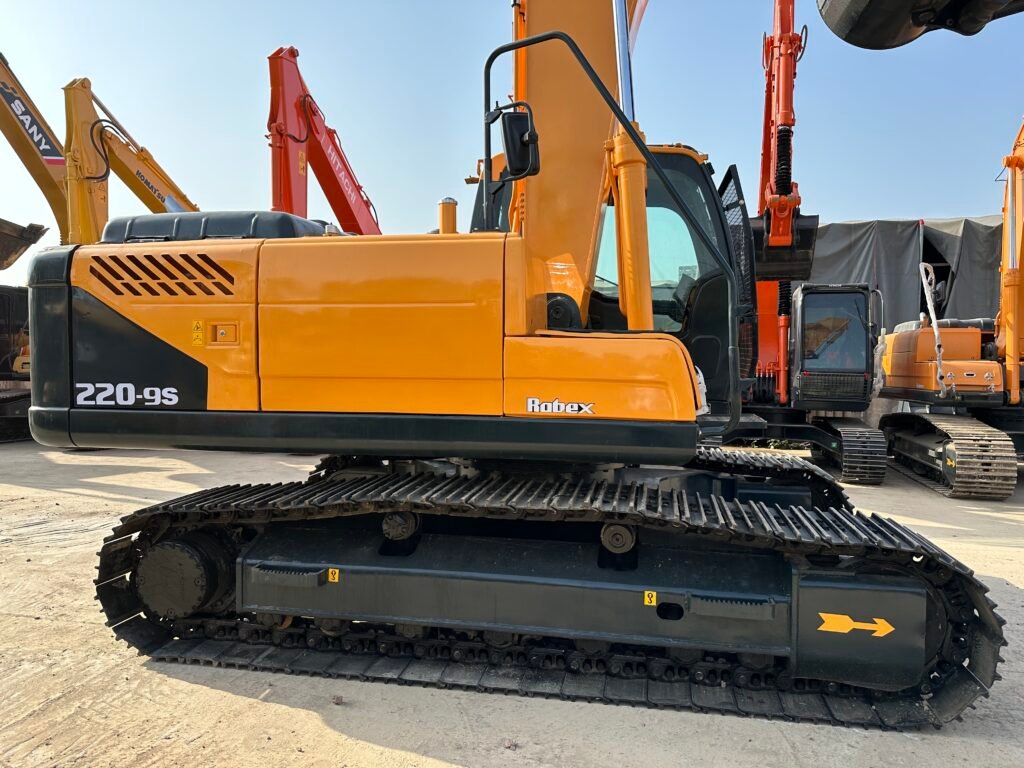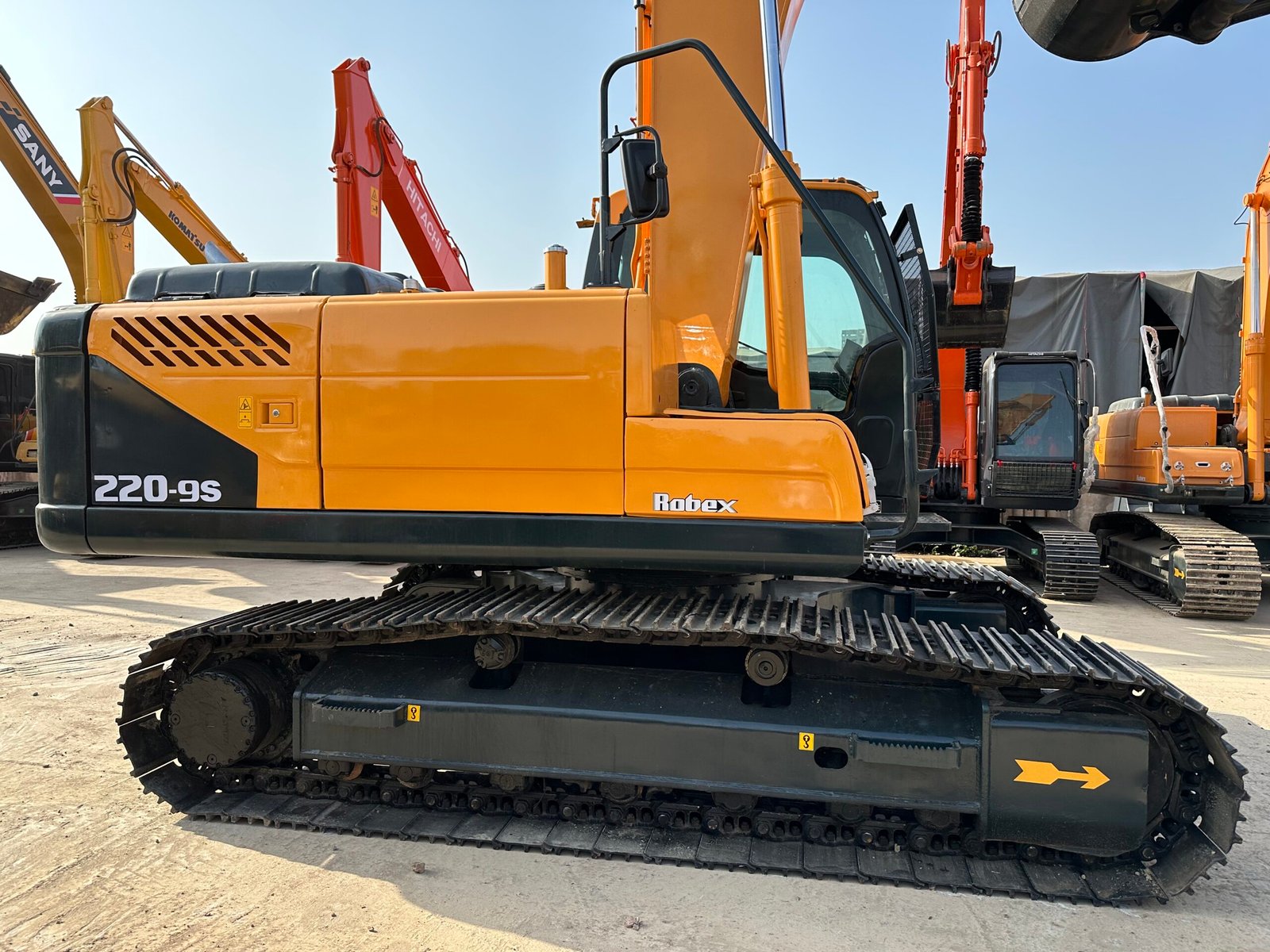I. Introduction
A. Importance of Importing Excavators
Excavators play a crucial role in the construction and engineering industries, widely used in earthworks, infrastructure development, and mining activities. As the demand for efficient and advanced equipment increases, many companies choose to import excavators from abroad to gain access to better technology and performance.
B. Necessity of Understanding Tariffs and Taxes
When importing excavators, it is essential for businesses to understand the relevant tariffs and taxes. This knowledge not only aids in cost control but also provides critical insight for budget planning. Accurately calculating these expenses can help companies maintain a competitive edge and avoid unnecessary financial risks.
II. Basic Concepts of Tariffs
A. What are Tariffs?
Tariffs are taxes imposed by the government on imported and exported goods, aimed at protecting domestic industries, regulating trade balances, and generating revenue. In international trade, tariffs are a widely used economic policy tool.
B. Types of Tariffs
Tariffs are mainly classified into import tariffs and export tariffs. Import tariffs are taxes levied on goods entering a country, while export tariffs are imposed on goods leaving a country. For imported excavators, the focus is primarily on import tariffs.
III. Calculating Import Tariffs for Excavators
A. Basic Formula for Tariff Calculation
The formula for calculating tariffs is: Tariff = Tariff Rate × Tariff Value. Understanding this formula is fundamental for calculating tariffs and assists businesses in budgeting.
B. Determining Tariff Value
The tariff value serves as the basis for tariff calculations and typically includes the purchase price of the equipment, transportation costs, and insurance fees. Companies must accurately declare the tariff value in accordance with international trade regulations to ensure precise tariff calculations.
C. Applicable Tariff Rates
Each country may have different tariff rates for excavators. Businesses can check the latest tariff rate information through customs websites or relevant trade organizations. Knowing the applicable tariff rates helps companies plan and budget accordingly.

IV. Other Taxes Beyond Tariffs
A. Value-Added Tax (VAT)
VAT is a tax levied on the value added to goods and services, which is usually applicable on imports as well. Companies should be aware of the VAT rates in their regions to accurately calculate the overall tax burden.
B. Other Potential Taxes
In addition to tariffs and VAT, companies may encounter other fees such as consumption taxes and local taxes. Understanding the composition and calculation methods of these taxes allows businesses to comprehensively estimate import costs.
V. Calculation Example
A. Practical Calculation Example
Provide a specific example of calculating tariffs and taxes for an imported excavator. For instance, if the purchase price of the excavator is 100,000 yuan, transportation costs are 10,000 yuan, and insurance is 2,000 yuan, with a tariff rate of 10% and VAT of 13%. Use these figures to calculate the total tax burden.
B. Analysis of Influencing Factors
Analyze factors that affect the calculation of tariffs and taxes, such as exchange rate fluctuations, policy changes, and trade agreements. Companies should remain vigilant about these changes to adjust their budgets and import strategies.

VI. Declaration Process
A. Steps for Import Declaration
When importing excavators, companies must follow a specific declaration process, including preparing relevant documents, submitting customs declarations, and paying taxes. Understanding these steps can effectively improve clearance efficiency.
B. Important Considerations
Remind companies of important considerations during the declaration process, such as ensuring document completeness and accuracy to avoid delays and additional costs. Familiarity with customs regulations and procedures also aids in smooth clearance.
VII. Frequently Asked Questions
A. Can Tariffs and Taxes be Waived?
Discuss scenarios and conditions under which tariff and tax waivers may apply. For example, in certain special cases, the government may grant exemptions for specific equipment. Companies should understand relevant policies to apply for waivers when necessary.
B. How to Address Disputes?
Introduce potential disputes that may arise in tariff and tax calculations and methods for resolution, including communication with customs and appeal procedures. Companies should be familiar with dispute resolution processes to respond promptly.
VIII. Conclusion
A. Benefits of Understanding Tariffs and Taxes
Summarize the impact of understanding tariffs and taxes on imported excavators, aiding businesses in making informed decisions. Accurately grasping these costs enhances financial transparency and decision-making efficiency.
B. Resources and Recommendations
Provide relevant resources and suggestions to help businesses better understand and address tariff and tax issues, such as recommending consulting agencies, customs official websites, and professional literature.



